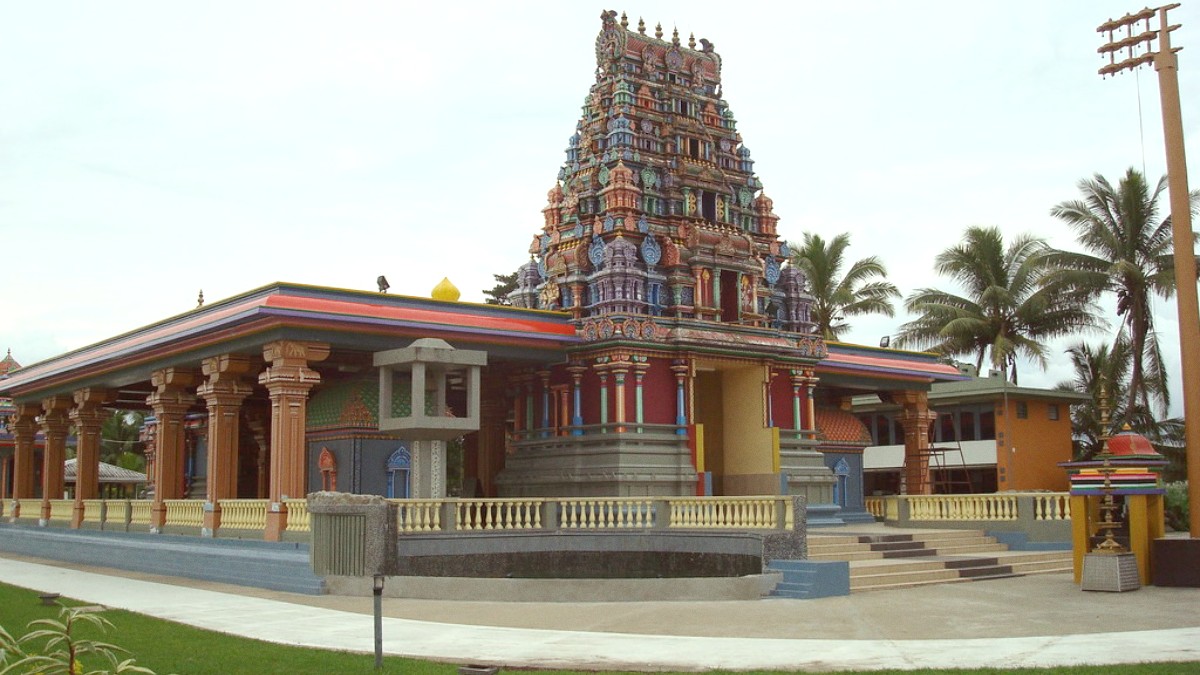
Viti Levu, Fiji
Travelers arriving in Nadi discover a location blending resort luxury with local life. The area is more than just an airport stop; it holds diverse landscapes, inviting activities, and a relaxed pace known as "Fiji Time." This guide aids a fulfilling journey, detailing everything from arrival methods to finding local discoveries. Anticipate warm greetings, stunning scenery, and experiences that forge lasting memories.
Nadi houses Nadi International Airport (NAN), the main international passage to Fiji. This position makes it a natural starting point for many guests.
A short drive links Nadi town to Denarau Island, a human-made area with many luxury resorts and Port Denarau Marina. This marina serves as the main departure point for ferries to the Mamanuca and Yasawa island groups, off Viti Levu's west coast.
Fijian settlements first dotted the Nadi region, with tribal groups living from land and sea. European traders and missionaries in the 19th century brought major shifts, yet Nadi stayed a small settlement compared to the colonial capital, Levuka, or later, Suva.
A historical event for Nadi and all Fiji was the arrival of indentured laborers from India between 1879 and 1916. This influx led to a distinct Indo-Fijian culture, deeply shaping Nadi's demographics, food, and religious scene. The Sri Siva Subramaniya Swami Temple in Nadi is a symbol of this cultural heritage. Nadi's true ascent began with its international airport, built by the U.S. During WWII, later a civilian airport. This turning point made Nadi Fiji's aviation center and chief entry for tourism. Tourism's growth further cemented Nadi's role as Fiji's main international gateway and an economic core.
A hub for dining, shopping, and island transfers.
A and distinct Hindu temple.
A peaceful orchid garden at the Sabeto Mountains' base.
A natural spa with therapeutic mud and thermal pools.
A favored spot for budget travelers, sunsets, and local life.
Nadi presents a compact yet varied travel experience on Viti Levu. It serves as the main arrival point for global visitors, with direct connections to Fiji's outer islands. Expect island tours and water activities (snorkeling, diving, surfing), cultural village visits and traditional kava gatherings, tastes of diverse cuisine, local market exploration for fresh produce and crafts, and thrill-seeking with zip-lining and quad biking.
Direct access to the Mamanuca and Yasawa Islands, recognized for their pristine beaches and clear waters.
Opportunities for both exciting outdoor pursuits and peaceful resort relaxation.
Nadi provides a well-rounded start to Fiji. It helps travelers begin their journey with ease, then pick between Viti Levu's sights or more secluded island resorts. The warmth of the Fijian people, often with the "Bula!" greeting, makes every visit memorable.
Nadi's charm stretches from its convenient airport hub to its local culture and stunning natural backdrops. This region serves as a microcosm of Fiji, presenting a blend of experiences for every visitor.
Direct connections to the Mamanuca and Yasawa Islands.
Both thrilling activities and serene relaxation await.
Varied accommodation for all preferences, near the airport.
When visiting local villages or sacred sites, modest dress is customary as a sign of respect. Shoulders and knees require covering.